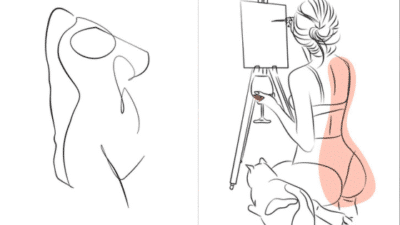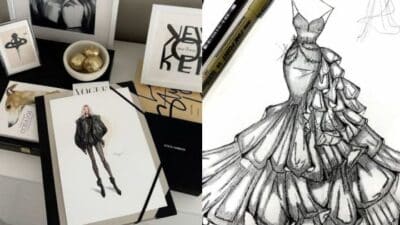Paint by numbers makes painting more approachable for people of all skill levels. This activity has become especially popular because it allows everyone to create colorful artworks without needing prior painting experience. Knowing what mistakes to avoid can make the painting process smoother and more enjoyable.
Anyone interested in a paint by numbers project for adult creativity can benefit from understanding some basic tips before beginning. Whether starting a new hobby or looking for a calm way to unwind, avoiding common errors will save time and frustration. For those seeking a fresh project, there are many options available for any level of interest.
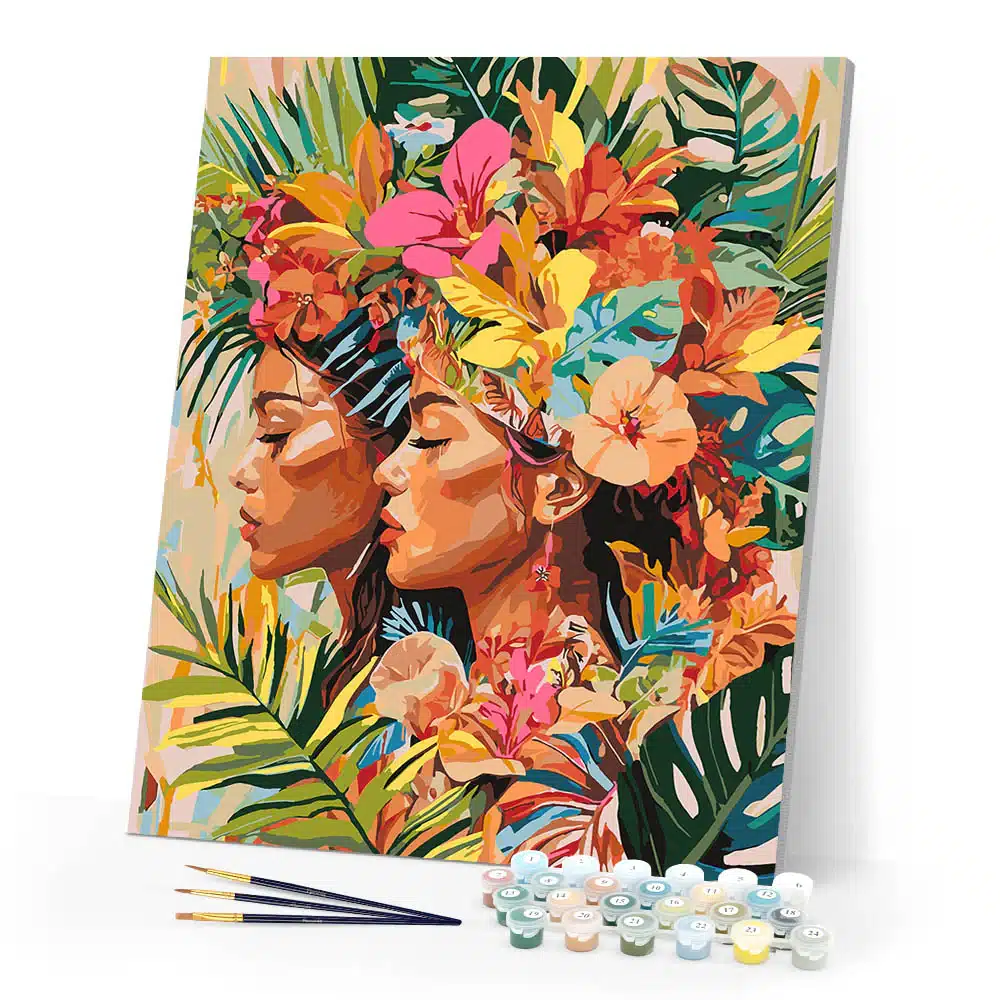
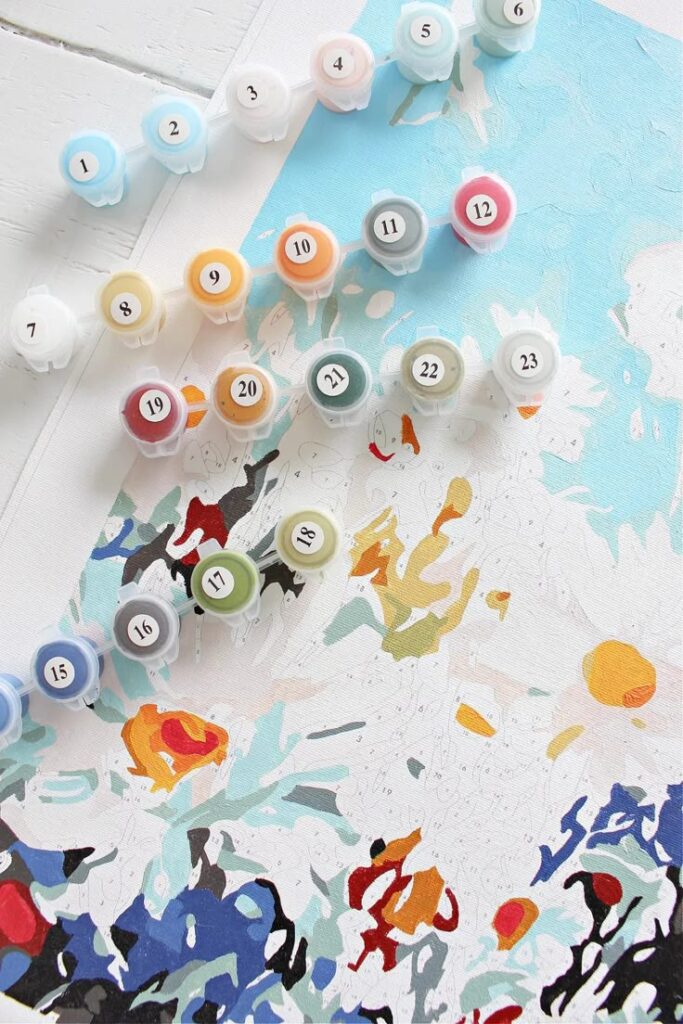
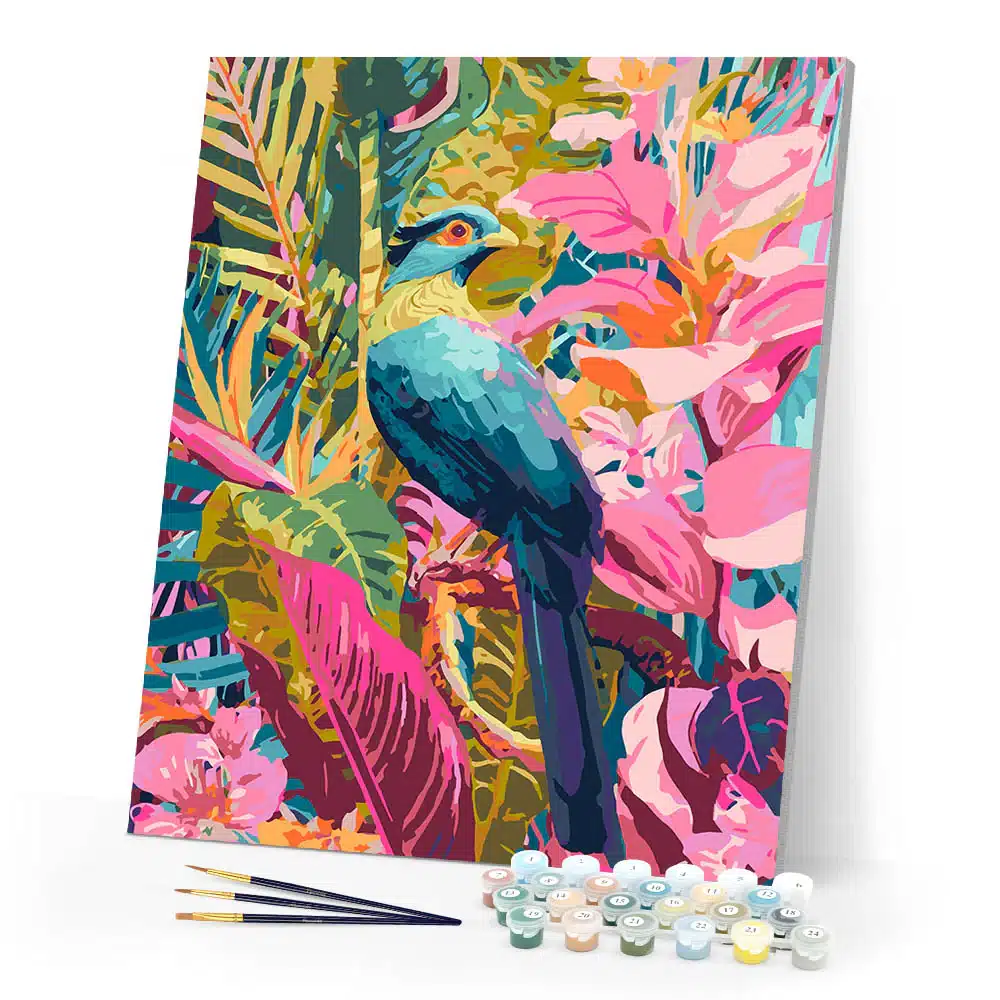
Painting outside the designated lines
Painting outside the lines is one of the most common mistakes in paint by numbers projects. This can happen when the brush is too large or when someone is painting too quickly.
If paint goes outside the lines, it’s best to let it dry first. Once dry, a small, clean brush can be used to cover the area with the correct color.
Trying to fix mistakes while the paint is still wet can make the problem worse. The colors may mix, or the area may become messy.
Working slowly and using a fine-point brush in small sections can help keep paint inside the lines. It’s also helpful to use a light touch and check the work often.
With a little patience, fixing mistakes around the edges will become easier. Over time, steady hands and careful attention will help produce cleaner results.

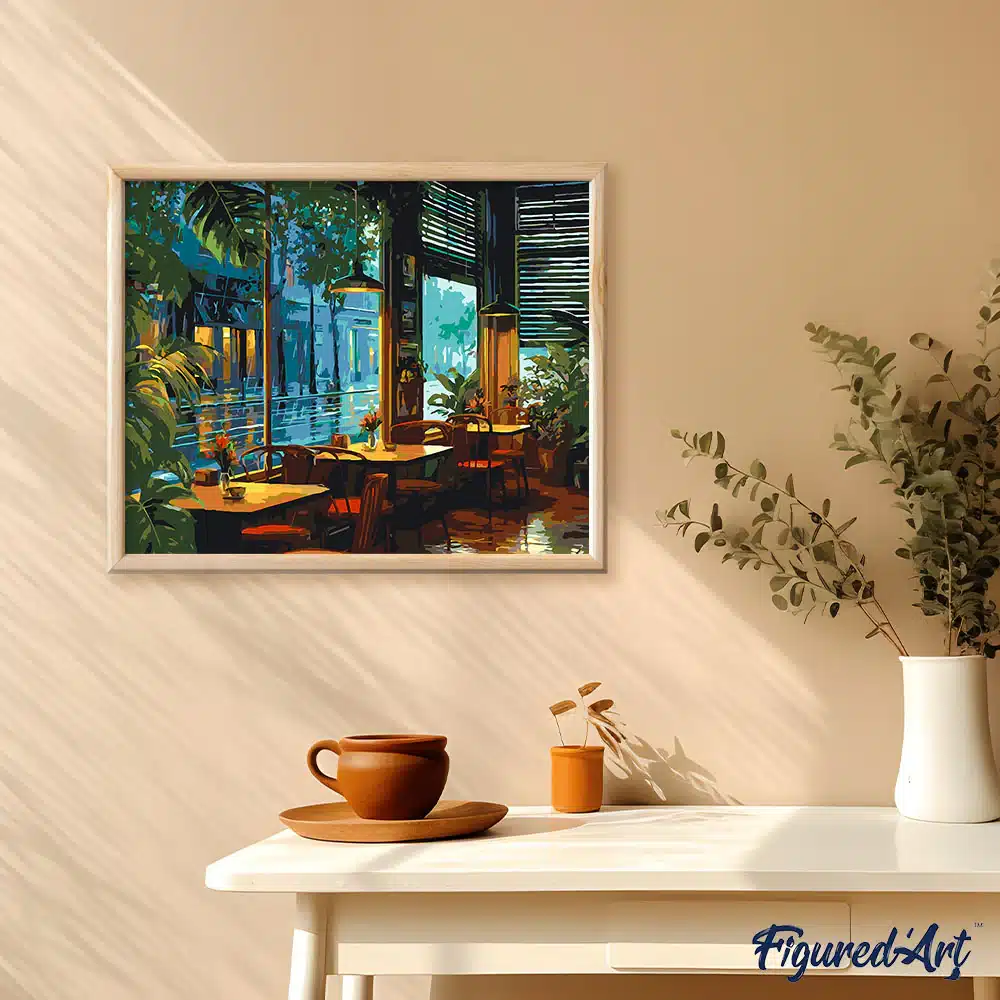
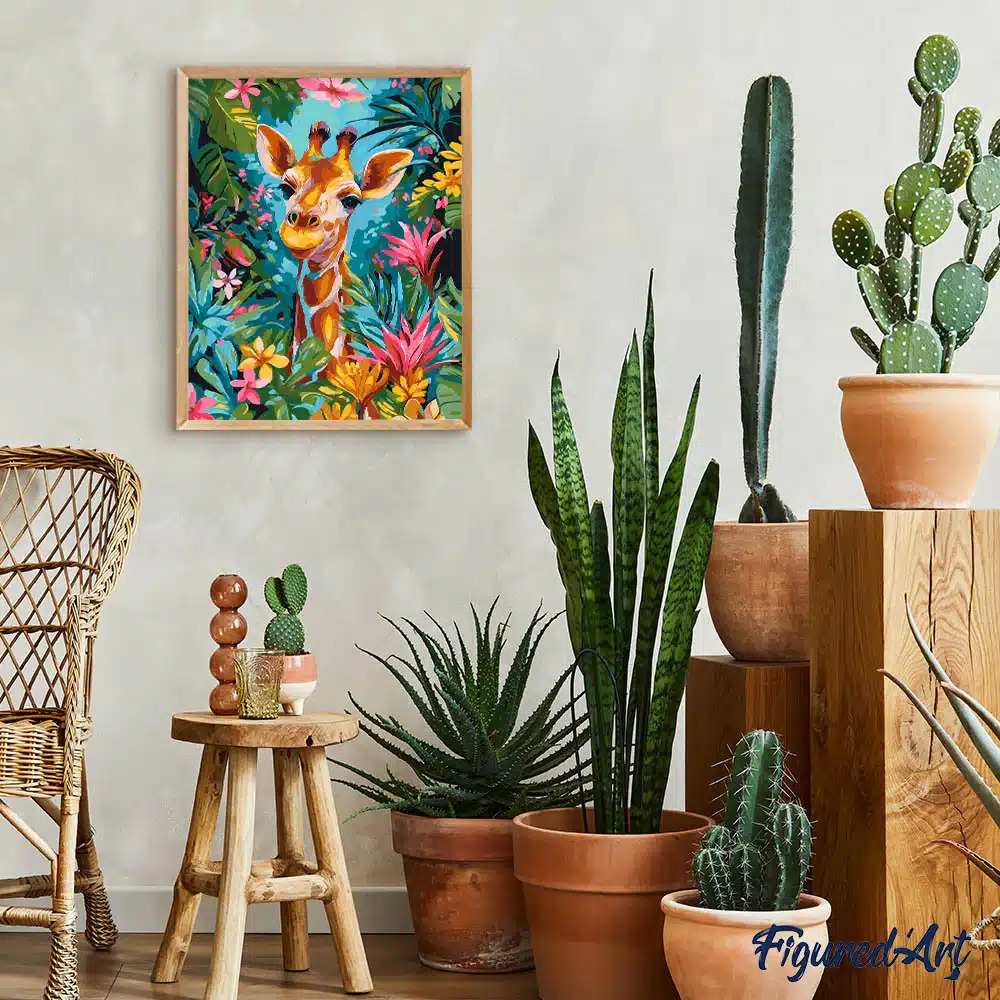
Using dried-out or thickened paint
If the paint in a kit starts to dry out or becomes too thick, it can make painting difficult and leave uneven marks on the canvas. This can happen if paint is left open too long or stored in a warm place.
Acrylic paints are water-based, so a few drops of warm water can bring them back to a smoother texture. Stir the paint gently until it blends well.
If paint is very hard or almost solid, it may not mix back fully. Thick or chunky paint often gives rough results and can clump on fine details.
It helps to close paint pots tightly after each use and store them in a cool, dry spot. Keeping lids on prevents air from drying out the paint.
If fresh paint cannot be restored, only use the affected color for background areas where texture might not matter as much.
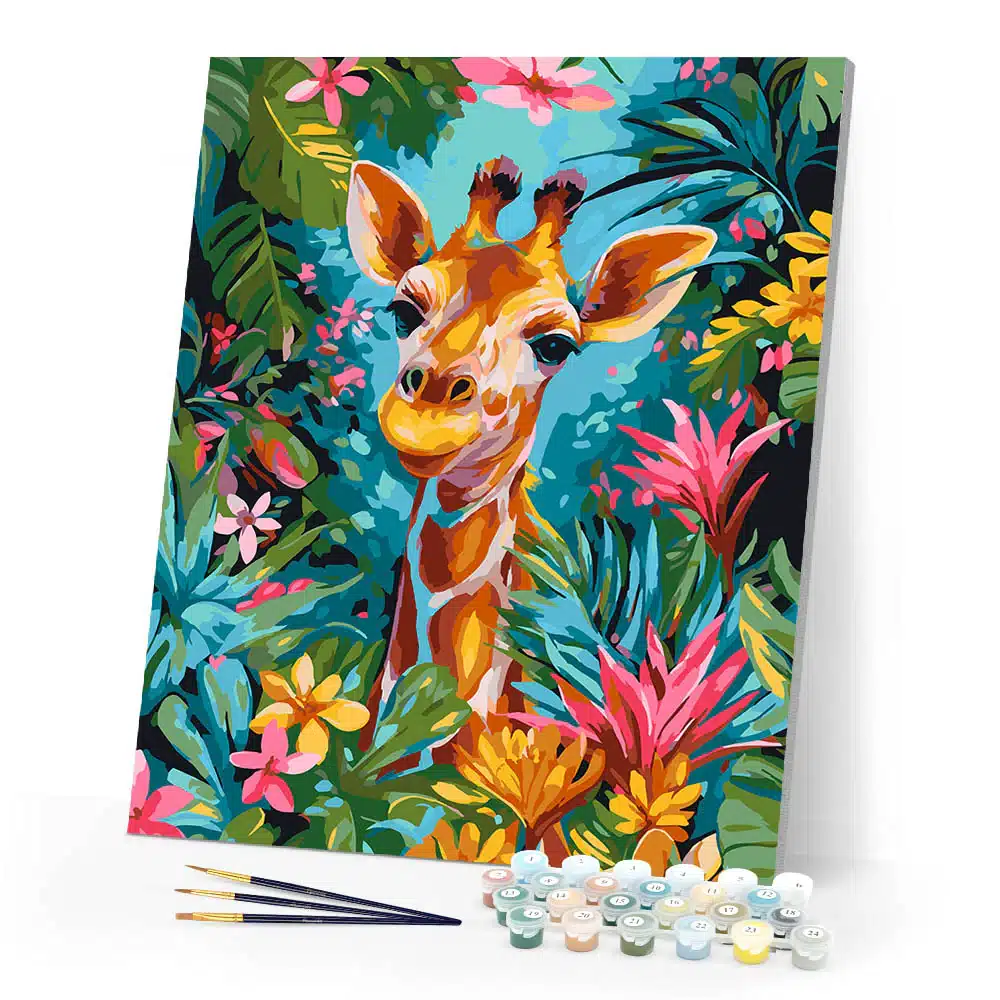
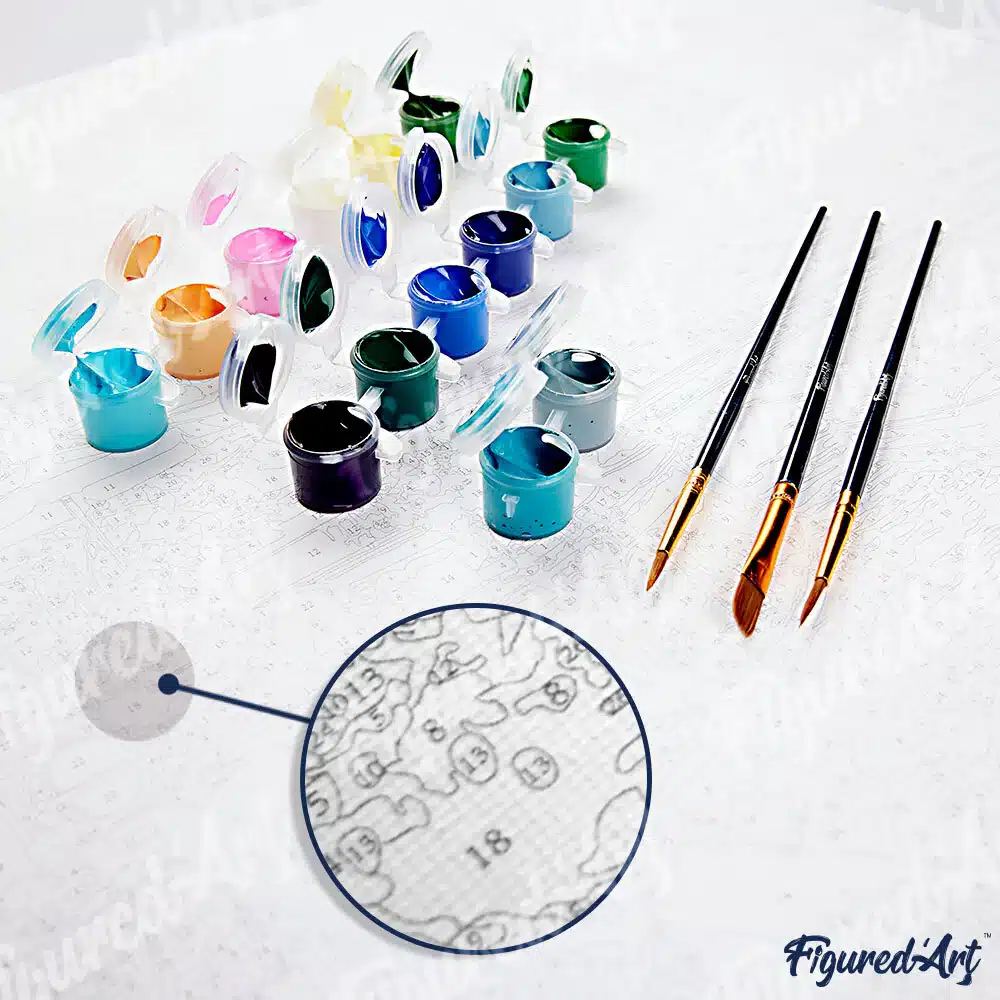
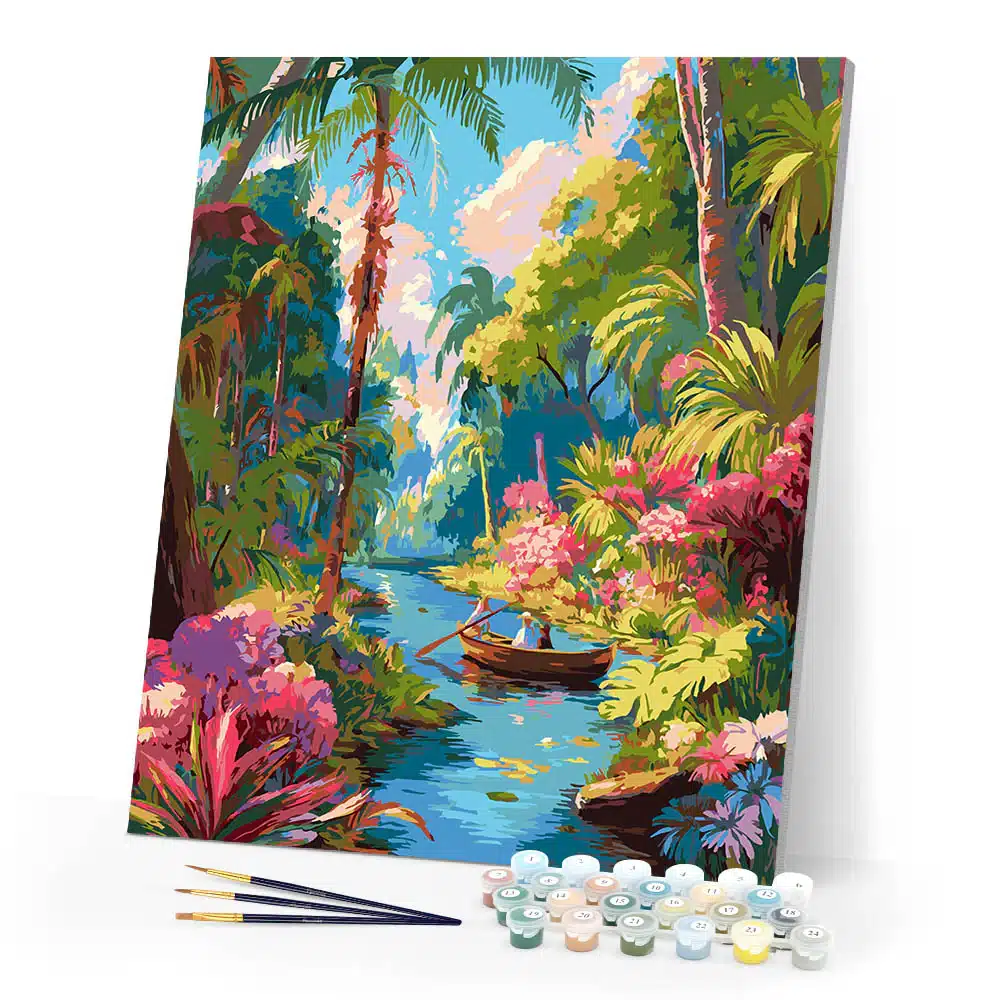
Not cleaning brushes between colors
Not cleaning brushes when switching colors can lead to unwanted mixing. The next color can look muddy or dull instead of bright and clean. This mistake is very common in paint by numbers projects.
Paint left on the brush from a previous color blends into the new paint. When this happens, the finished painting may not match the color guide. It can also make the painting look messy or streaky.
To keep the colors pure, the brush should be rinsed with water and dried on a paper towel between each color. Even a small bit of leftover paint can affect the look. Regular cleaning also helps keep brushes from getting stiff or frayed.
Clean brushes work better and last longer, making the painting process easier. Taking a few extra seconds to clean up can save time fixing mistakes later.
Rushing the drying process between layers
One common mistake in paint by numbers projects is applying a new layer before the last one has dried. Wet layers can mix and create muddy colors, or the paint might peel and crack as it dries. This can ruin the look of the finished project.
Sometimes people try to hurry up by using a hairdryer or heat source, thinking it will help the paint dry faster. This actually causes problems like uneven drying or cracking, especially with thicker paint. The best results come from waiting patiently until each section is dry to the touch.
Paints also dry more slowly in damp or humid conditions. Working in a well-ventilated area, away from moisture, can help the paint set properly. Thin, light coats usually dry faster and more evenly than thick layers.
By giving each layer enough time to dry, the colors stay separate and the finish looks neat. This patience leads to a cleaner, more attractive final picture.
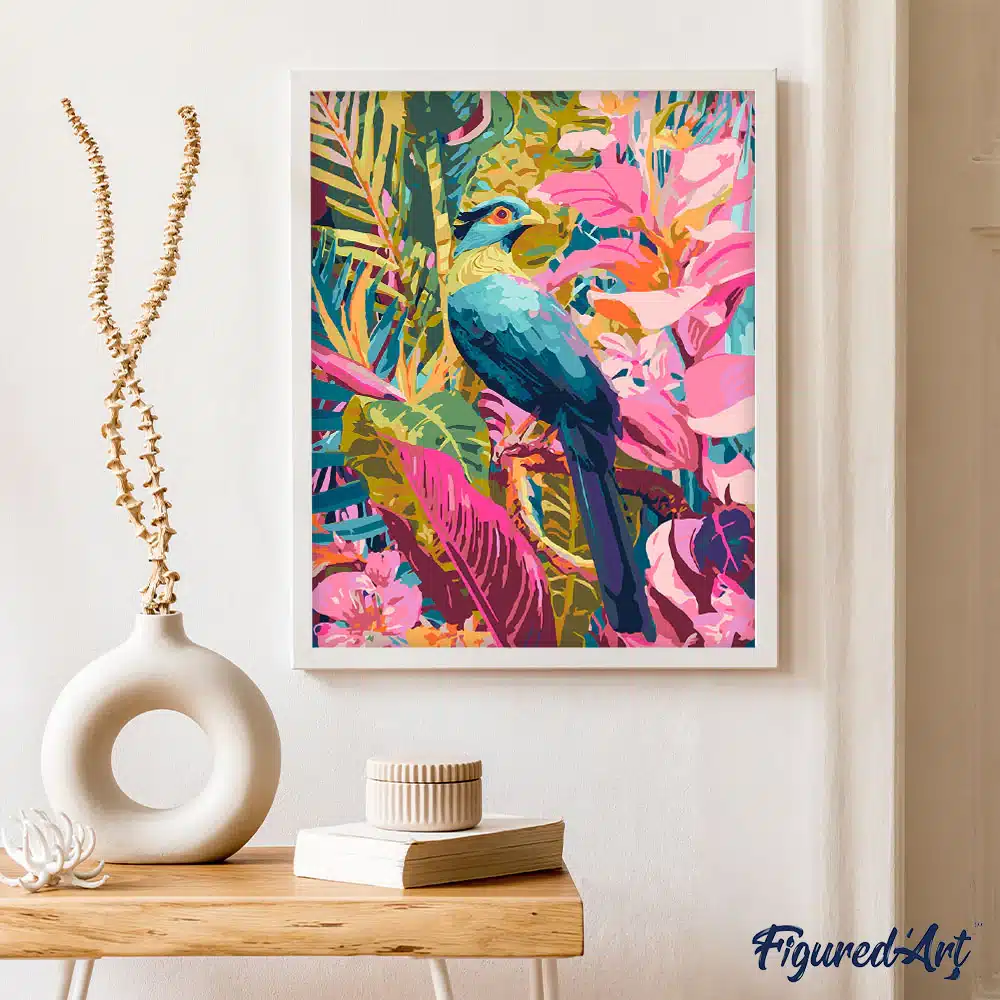
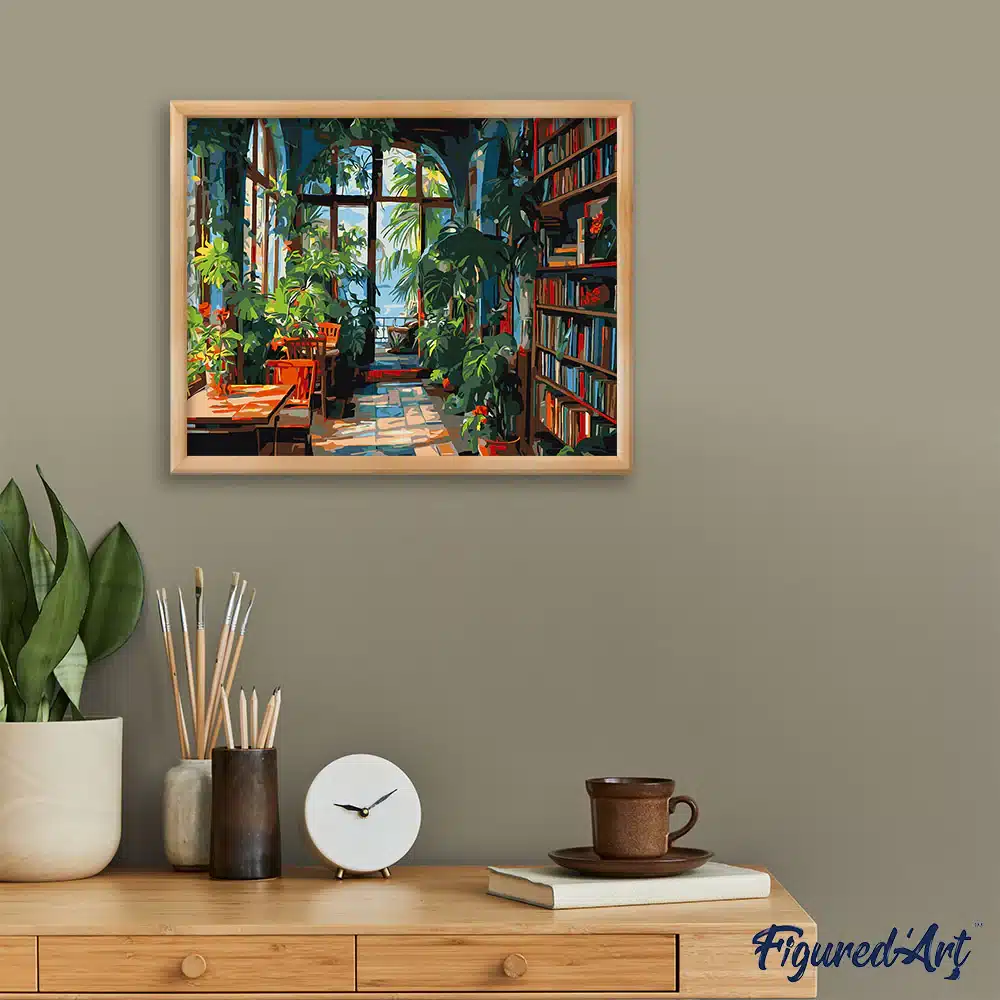
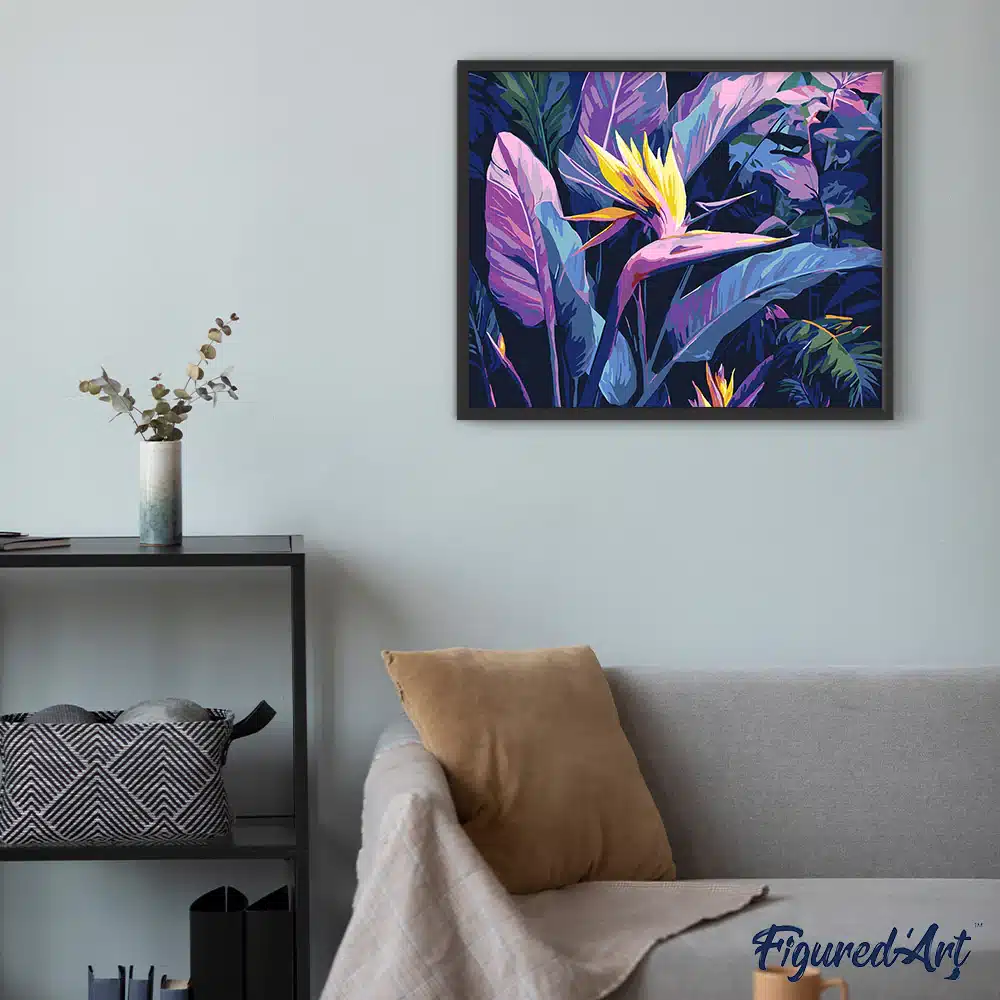
Ignoring proper color blending techniques
Many beginners use paint by numbers without blending colors, which can leave lines looking harsh. When colors are not blended, the painting can appear flat and less realistic. Smooth blending helps colors flow into each other and creates a softer look.
Good blending techniques make a big difference in fading between shadow and light. Even with a numbered guide, gently mixing colors at the edges helps each section look more natural.
If blending is ignored, transitions can look abrupt. Soft, small brush strokes can help blend wet paint while it’s still fresh. Practicing this skill adds more depth and shading.
Proper blending also helps cover up any small mistakes at the edges. Taking the time to mix and feather colors lightly gives the project a more polished finish.
Conclusion
Paint by numbers projects are more enjoyable when common mistakes are avoided. Being patient, using the right brush size, and letting each layer dry help create cleaner lines and better results.
Careful color matching and cleaning brushes often make a visible difference. Simple steps and attention to detail can help anyone achieve a more polished look.
Even beginners can see steady improvement by following these practical tips.
- 0shares
- Facebook0
- Pinterest0
- Twitter0
- Reddit0
